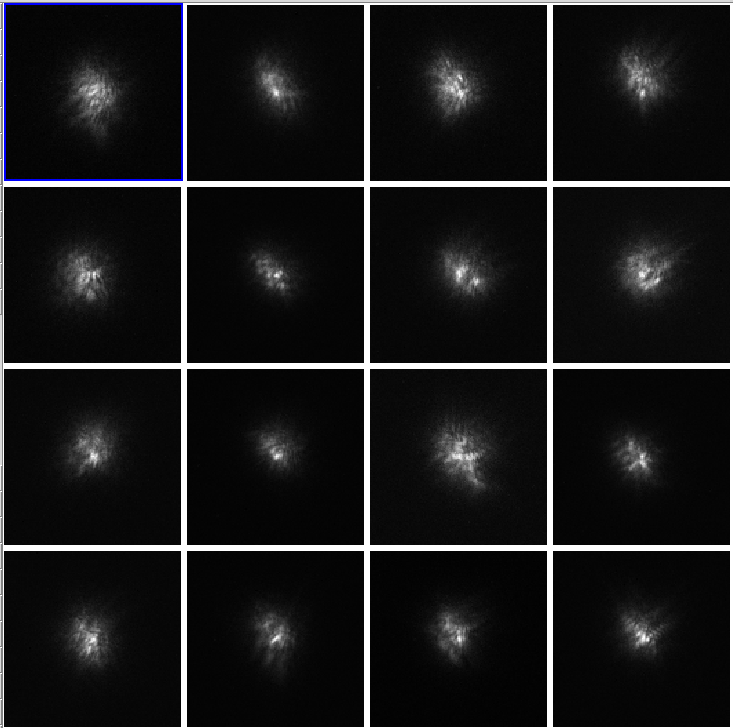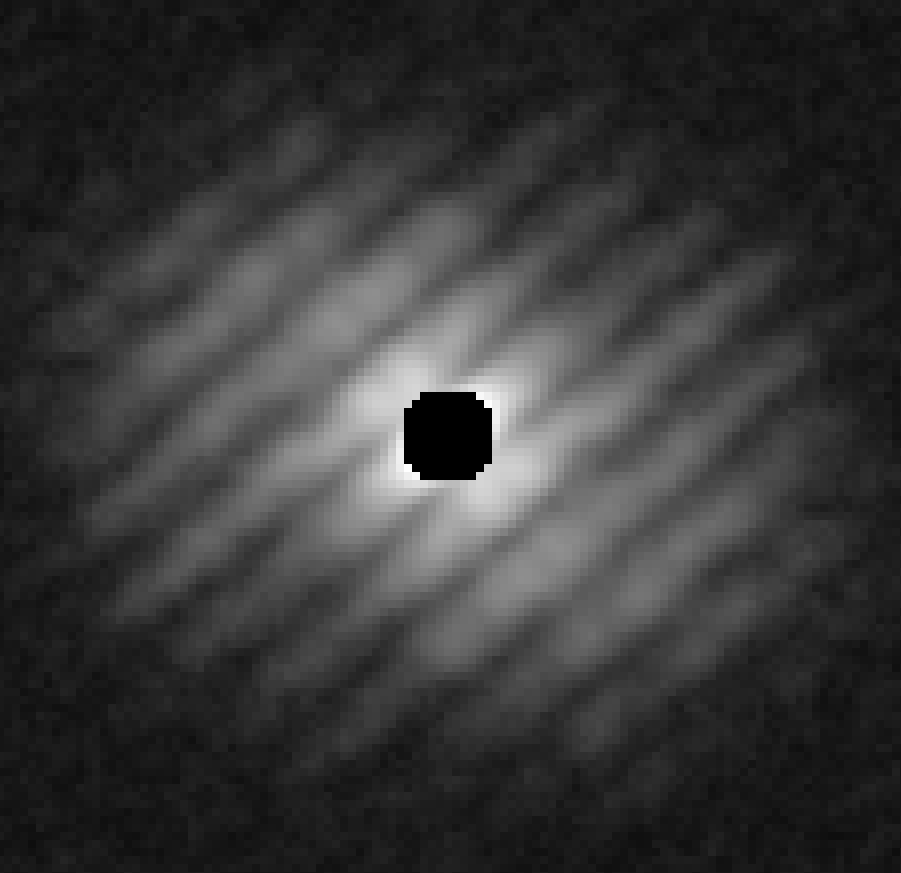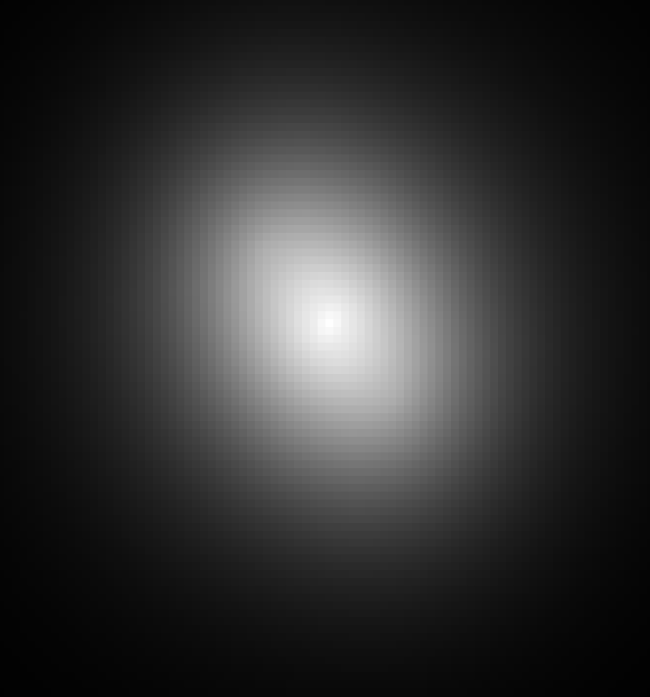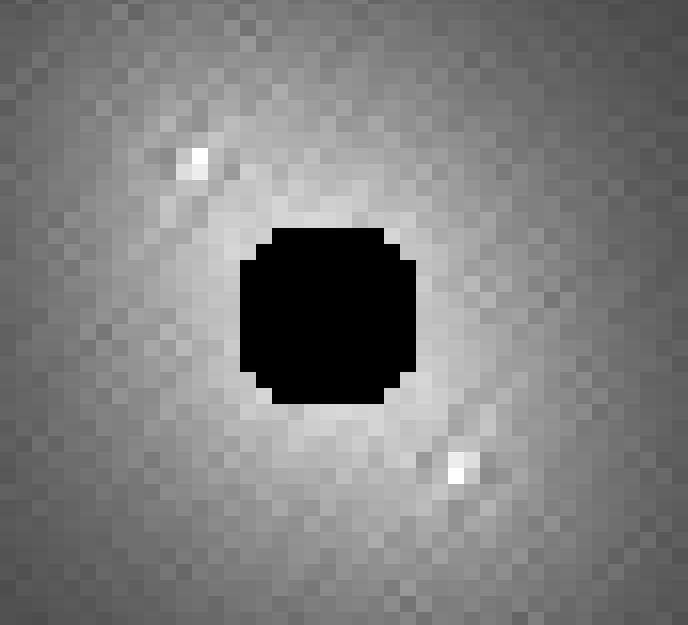Two Infinities
Fri, 30 Jul 2021
Importance of a filter for double star measurements
Filters have revolutionized modern amateur astrophotography -- optical filters, that is -- but signal processing filters are of decidedly older vintage. In fact the filter displayed here carries the name of early 19th century mathematician C. F. Gauss. And to apply it, we transform photographic data with a method carrying the name of Gauss's older contemporary, J. Fourier. The revolution in this sphere is the availability to laymen of quality instruments at modest prices.
The exercise is to estimate the separation of a close pair of stars, number 2289 in Friedrich Struve's catalog (STF 2289). The method was first laid out by A. Labeyrie in 1970 (Astronomy and Astrophysics, Vol. 6, p. 85 -- available on-line at https://ui.adsabs.harvard.edu/). One starts by acquiring a series of short exposure images. The stars in STF 2289 have magnitudes 6.65 and 7.21. Each exposure was 1/50th second in order to freeze the atmospheric distortion. There are 25 images in this series, 16 of which are displayed in the first attached image. One can surmise there is a multiple star, but measuring the separation appears challenging.

The critical insight is that the atmospheric turbulence manifest in the raw images actually affects light from both stars the same way. And we can see this by taking the Fourier transform of the image data and computing the power spectrum. Adding the spectra together, a spatial periodicity and orientation emerge in the second attached image. One derives an estimate of the separation and position angle but it is still difficult to be precise.

One can compute the inverse Fourier transform of the power spectra to compute the autocorrelation of the image data, but nothing definitive emerges:

The trick, as explained by Labeyrie, is to filter the data. Here the data is multiplied by a Gaussian function in the frequency domain. In the frequency domain, the filter functions as a mild low pass filter. Viewed in the spatial domain, the image is smoothed, replacing each pixel with a weighted average of pixel values in its immediate neighborhood. With this filter applied, the autocorrelation function does indeed show the presence of double object as illustrated in the fourth image.

Computing the centroid of the secondary maximum, one finds it 12.77 pixels from the center. The images were capured with a 2083 mm focal length telescope, 2.5x "Powermate" Barlow, and 2.4 micron per pixel camera which works out to about 0.095 arcseconds per pixel, and indicates a separation between the stars of 1.21 arcseconds. This is precisely the separation listed for the pair at Stelle Doppie.
This may look better than it actually is. For example, the actual magnification of the Barlow may be a little less. But the moral of the story is how important the right filter is for the application of a fairly modern technicque with very modern equipment.
posted at: 12:09 | path: | permanent link to this entry
